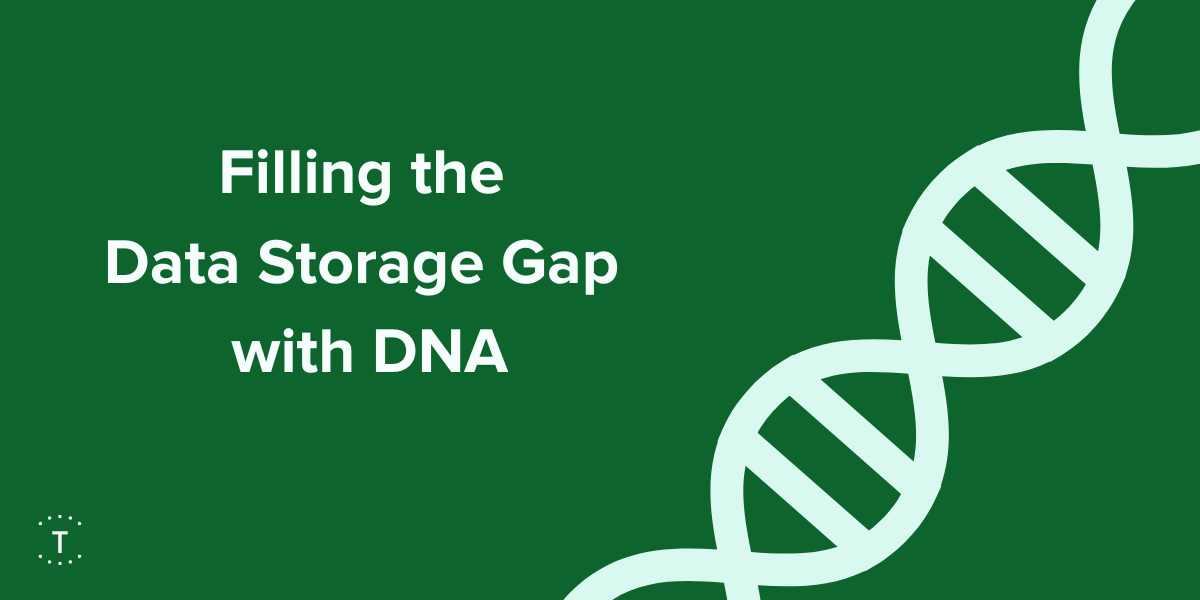
Great technological advancements have moved us into a digital age where data is generated at an exponential rate. As the need for data storage grows, Twist Bioscience is working on a solution for a sustainable way to store enterprise data by storing data on DNA.
To examine how enterprise data (data generated by organizations such as companies and branches of government) is predicted to grow and the anticipated challenges to storing more data than ever before, Twist and Fujifilm sponsored a white paper from Furthur Market Research.
Zone of Potential Insufficiency
So far, current methods of data storage have been able to keep up with the amount of data being generated by organizations, but as the data being generated continues to increase, we approach what’s called a “zone of potential insufficiency”. This is where the predicted supply of storage cannot meet the demand for storage.
The white paper found that growth of storage demand greater than 25% annually would exceed the currently available storage options. In 2019, 2020 and 2021, new enterprise data being shipped to storage grew by 35%, 33,6% and 48,3%, respectively. If enterprise storage demand grows at 35% annually, in 2030 the zone of potential insufficiency could be 7.9 million petabytes (a petabyte is 1 million gigabytes). If it grows at 45%, the zone of potential insufficiency could exceed 25 million petabytes.
Growth of Undeleted Cold Data
Many organizations keep their data stored indefinitely. This cold or archival data is infrequently accessed, such as “Just In Case” (JIC) or “Write Once Read Never” (WORN) data. About 75% of currently stored enterprise data could be cold data, which may never be deleted and may never be accessed.
A Shift to Sustainable Solutions
Today, most enterprise data is stored on hard disk drives, which use a lot of energy. As the world faces pressing challenges in sustainability combined with a growing amount of enterprise data unlikely to ever be deleted, any new storage solution needs to reduce power consumption by orders of magnitude compared to what it is today.
DNA data storage is poised to be a sustainable solution to fill the zone of potential insufficiency. If stored on DNA, all the data in the world can be stored using minimal energy.
Data stored on DNA minimizes the need for maintenance, migration and energy, making it the most sustainable solution to long term storage.
Click here to read the full white paper.
Qu’en pensez-vous ?
J’aime
bien
Je n’aime pas
J’aime beaucoup
Je suis surpris(e)
C’est intéressant
